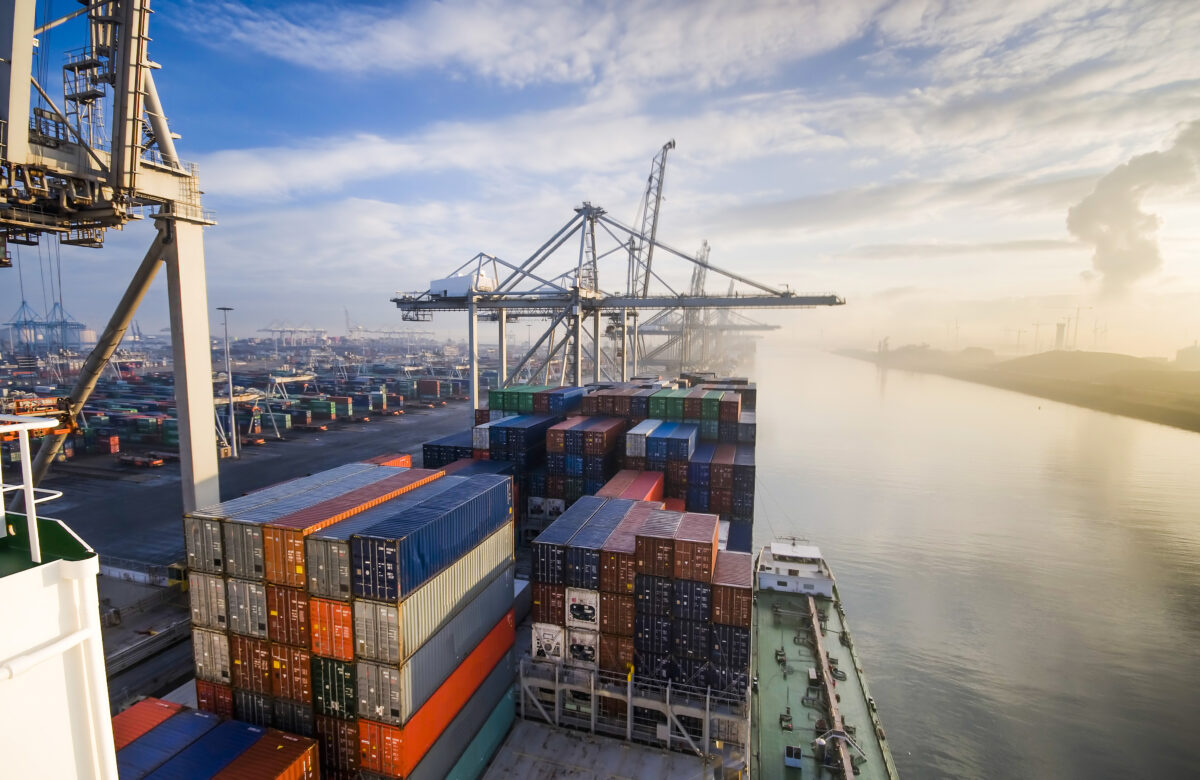1. What is a known shipper (definition)?
New regulations on the safe dispatch of air freight have been in force since 2010. Two European regulations have fundamentally changed the relationship between freight forwarder and consignor. This concerns the Regulation (EC) 300/2008 and Regulation (EU) 185/2010 on the so-called known consignor. While it was previously possible to bring the goods into a secure supply chain as part of a security declaration by a regulated agent and thus usually the forwarding agent, it is now even the status as a known sender necessary. This requires approval by the German Federal Aviation Authority (LBA) and is valid for five years.
2. What are the obligations of the known consignor?
As soon as the goods are registered as air freight in the company for the first time, the duty programme begins as an authorised consignor. For all employees who have actual access to the goods or who are even only aware of their destination as airfreight, they must be able to
- be tested for reliability,
- be trained for at least four hours
Stricter obligations also apply to the known consignor in other respects:
- Access to the goods by unauthorized persons only in company,
- Goods must be packed in such a way that manipulations are excluded,
- separate storage and protection of air freight against unauthorized access
- Collection only from secure forwarders or carriers
- Documentation of collection (incl. identification of the forwarding agent)
- Ensuring that the vehicle is firmly locked
3. Does the AEO status replace that of the known sender?
No, if you are an Authorised Economic Operator (AEO), you do not automatically receive the status of the known consignor (bV). While the status as AEO is assigned by the customs administration and thus the main customs offices, the Luftfahrtbundesamt (LBA) decides on the admission as a known consignor.
Moreover, the requirements for the known consignor are considerably stricter than for the authorised economic operator. When handling air freight, the known consignor has to meet increased security requirements compared to the AEO.
4. Maintain known shipper status?
Many companies have applied for known consignor status relatively quickly with the introduction in order to benefit from the transitional arrangements. The question now arises as to whether the status of known consignor should be maintained. If you want to return the status of a known consignor, you must now send your goods with the status “unsecured”. The goods are then subjected to “screening” at the airport before loading, which involves costs. If you want to retain the status, you must observe the following points, among others:
- informal application to the Luftfahrtbundesamt (LBA) required
- Appointment of a safety officer and proof of the safety inspection according to LuftSiG
- Registration for training for aviation security staff
- Development and implementation of a safety program and completion of an audit
If no approval by the Luftfahrtbundesamt (LBA) is obtained by 25 March 2013, the transitional regulations and the status as”Known Consignor” will expire.
Do you have questions about the authorisation and the procedure as a known consignor? The lawyers at O&W specialize in customs law and will be happy to advise you with regard to the known consignor.
Dieser Artikel wurde am 16. August 2018 erstellt. Die fachliche Zweitprüfung hat Rechtsanwalt Dr. Tristan Wegner durchgeführt.

